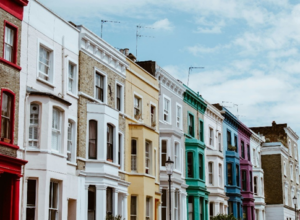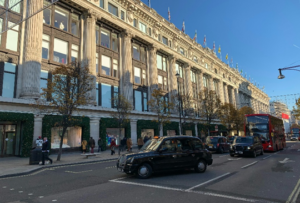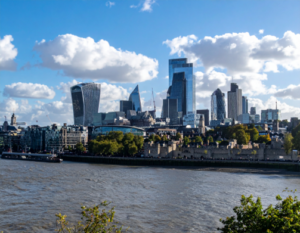The Future of the Capital: A Look into the New London Plan (2027–2050)

As London continues to evolve in response to population growth, climate change, and economic transformation, a bold new strategy is being laid out to shape its future. The upcoming London Plan (2027–2050) is a comprehensive spatial development blueprint that will guide how the city grows over the next quarter-century. From housing to infrastructure, this plan is about delivering Good Growth—growth that is inclusive, sustainable, and resilient.
1. Setting the Stage: Purpose, Timeline, and Scope
The new London Plan sets the vision for the city through 2050, with a focus on balancing environmental, social, and economic priorities. It outlines a legally required planning process, incorporating a wide range of assessments—from environmental sustainability to public health and cross-boundary impacts across London’s boroughs and surrounding regions.
Central to the plan is the concept of Good Growth, which aims to make the city more equitable, green, and accessible for all. The chapter also reviews progress made under the current London Plan and sets the stage for the next phase of strategic planning.
2. Tackling the Housing Challenge: 880,000 Homes in 10 Years
One of the most ambitious goals in the new plan is delivering 880,000 new homes over the next decade. To achieve this, the plan prioritizes:
- Brownfield development: Making the best use of previously developed land.
- Opportunity Areas: Designated zones for large-scale regeneration and new housing.
- Diverse housing models: Including estate regeneration, build-to-rent schemes, and exploring the controversial question of releasing parts of the green belt.
- Specialist housing: With a renewed focus on affordability, student housing, and accommodation for Gypsies and Travellers.
The plan acknowledges that meeting housing needs requires innovation, flexibility, and a strong commitment to community consultation.

3. A Thriving and Inclusive Economy
To ensure London remains a global economic powerhouse, the plan supports:
- Economic clusters such as the Central Activities Zone (CAZ) and the Tech Belt.
- Revitalizing high streets, nurturing cultural industries, and expanding the night-time economy.
- Investing in digital infrastructure and expanding affordable workspaces to support small businesses and startups.
- Fostering inclusive growth through equitable employment access and skills development.
The emphasis is on building a diverse, adaptable economy that benefits all Londoners.

4. Quality and Capacity: Designing for the Future
As the city densifies, design quality becomes critical. The new plan promotes:
- Smarter, higher-density developments that make better use of limited space.
- Clear design principles, ensuring new homes are accessible, sustainable, and suitable for families.
- Adapting buildings to climate challenges, including overheating and poor air circulation.
The goal is to create places that not only meet demand but also enhance livability and well-being.
5. Infrastructure, Environment, and Resilience
This chapter integrates climate action, public health, and infrastructure planning:
- A low-carbon future with investments in renewable energy, green spaces, and water resilience.
- Improved public transport and a refreshed parking policy to support active and sustainable travel.
- Expansion of the Healthy Streets initiative to reduce pollution and improve quality of life.
- Enhanced fire safety standards and community resilience for emergencies and long-term threats.
The approach is holistic—ensuring London can adapt to the pressures of a changing world.

6. Shaping the Plan Together
The final chapter puts the power in the hands of Londoners. Through an open, transparent process, individuals, community groups, and organisations are encouraged to contribute their views and evidence before the draft plan is published in 2026.
This is more than a policy document—it’s a shared vision for London’s future. Public participation will be key to ensuring the plan reflects the needs and aspirations of those who call the city home.
Conclusion
At Urbanissta, we see the London Plan (2027–2050) as more than a policy document—it’s a vital framework for shaping a more inclusive, sustainable, and resilient city. For developers, it offers both challenges and significant opportunities. As the plan continues to evolve, now is the time to stay informed, engage with the process, and ensure your projects align with London’s future vision.
If you are looking to navigate the implications of the new London Plan and secure successful outcomes for your projects, Urbanissta is here to help. Our expert team can guide you through the evolving planning landscape, help to identify opportunities, and ensure your proposals meet the policy objectives from the outset.
Get in touch with us today to start a conversation about how we can support your next planning application.





